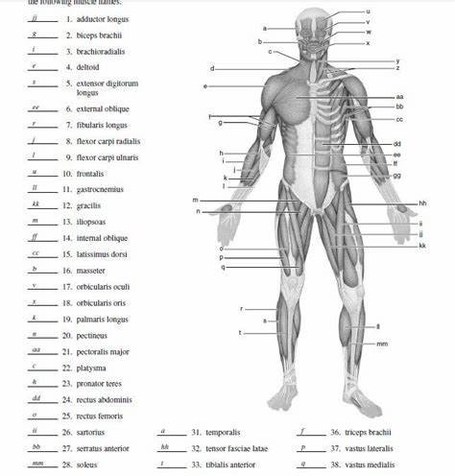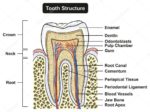Human Body Anatomy
The human body is a complex and intricate system, composed of cells, tissues, organs, and organ systems, all working together to ensure homeostasis and the viability of the human organism.
Cells and Tissues
The body contains trillions of cells, the fundamental unit of life. These cells come together to form tissues, which are organized into organs and organ systems.
Organs and Organ Systems
The major organ systems in the human body include the cardiovascular system, the digestive system, the endocrine system, the renal system, the muscular system, the nervous system, the reproductive system, the respiratory system, and the skeletal system.
keletal System
The skeletal system, composed of cartilage and bone, gives the body its shape. It also protects the internal organs and provides a framework for muscles to attach to.
Muscular System
The muscular system allows for movement and provides support for the body. It works closely with the skeletal system to facilitate movement.
Cardiovascular System
The cardiovascular system, consisting of the heart and blood vessels, circulates blood throughout the body, delivering oxygen and nutrients to the cells.
Digestive System
The digestive system breaks down food into nutrients that the body can use for energy, growth, and cell repair.
Respiratory System
The respiratory system, which includes the lungs, exchanges gases between the body and the environment, taking in oxygen and expelling carbon dioxide.
Nervous System
The nervous system, including the brain and spinal cord, controls and coordinates the body’s activities and allows for communication between different parts of the body.
Endocrine System
The endocrine system, made up of glands that produce hormones, regulates the body’s growth, metabolism, and sexual development and function.
Renal System
The renal system, which includes the kidneys, removes waste products from the blood and regulates the body’s fluid balance.
Reproductive System
The reproductive system is responsible for producing offspring. In males, this includes the testes and penis, and in females, it includes the ovaries, fallopian tubes, uterus, and vagina.
Conclusion
The human body is a marvel of biological engineering, with each part playing a crucial role in maintaining the body’s overall health and function. Understanding the anatomy of the human body helps us appreciate the complexity of our own bodies and leads to advancements in medicine and healthcare.


